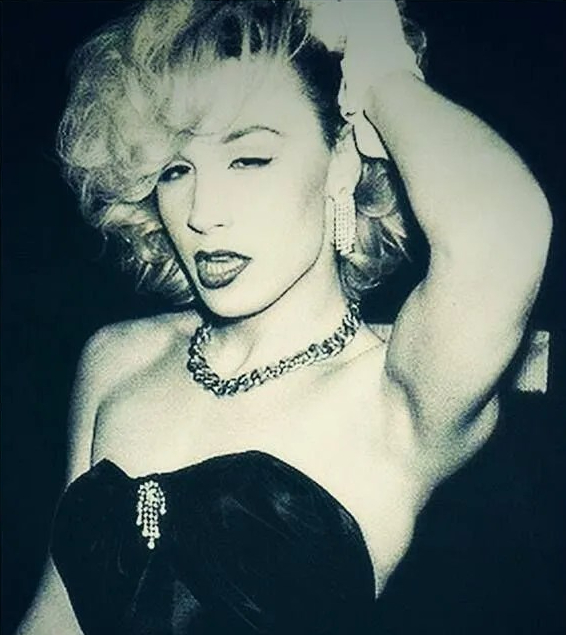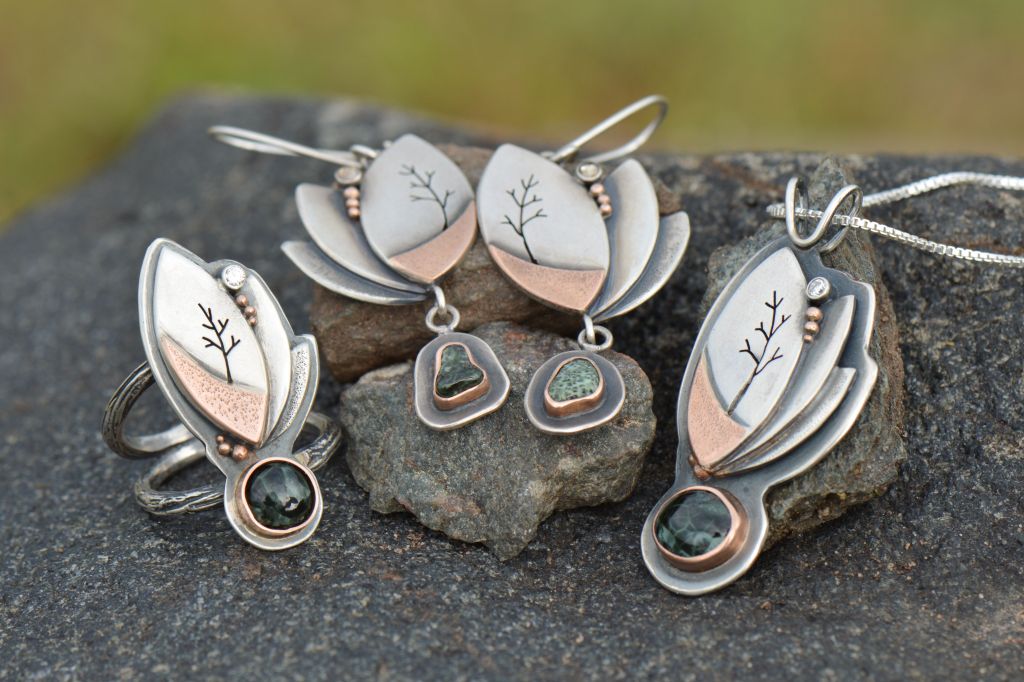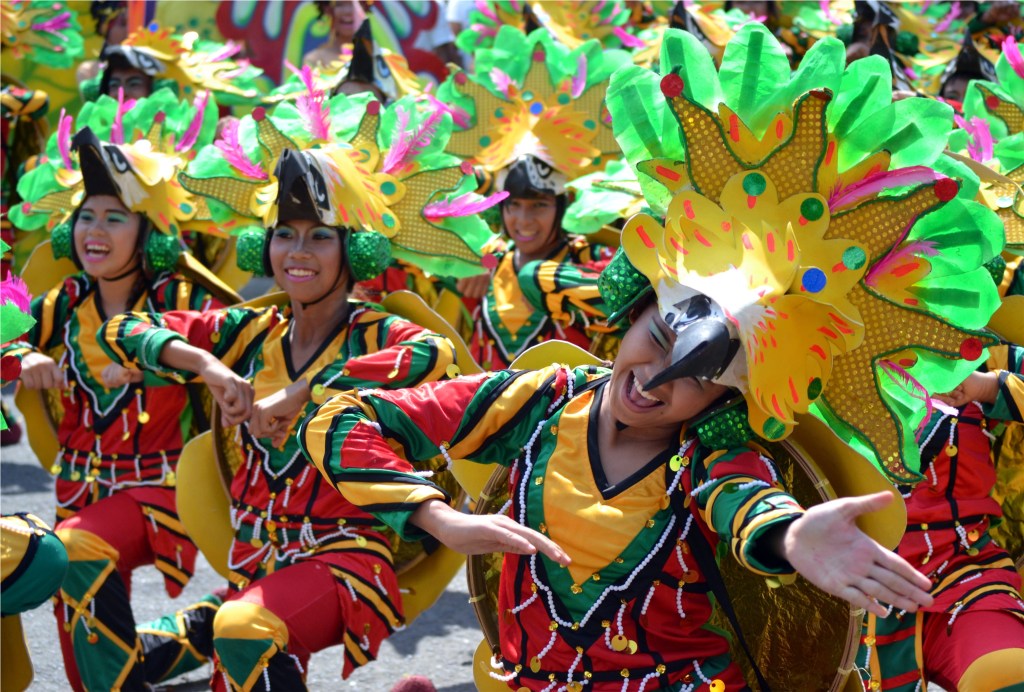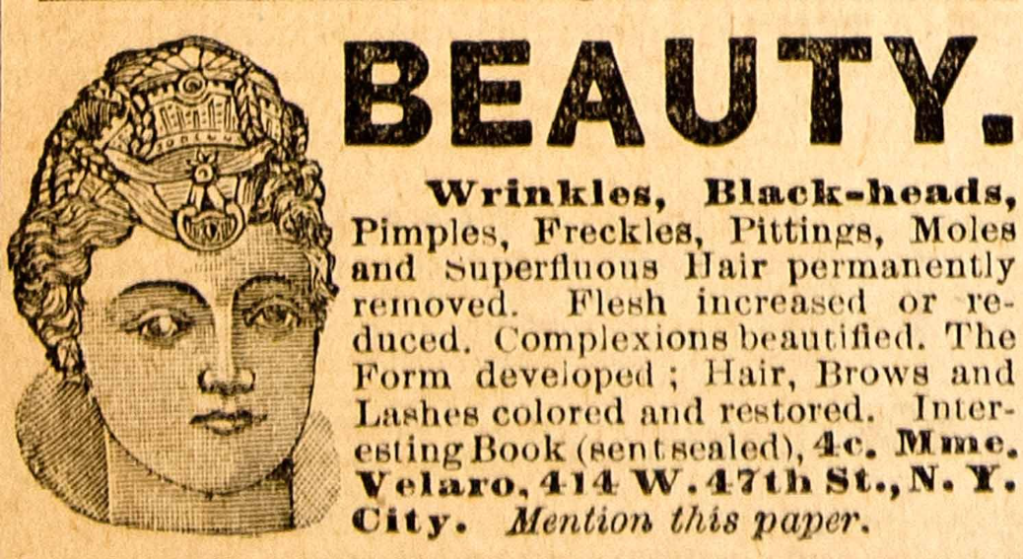In decoding the mystery of 1980s fashion, it’s crucial to understand how it diverged from its predecessor, the 1970s. While the 70s were characterized by a bohemian aesthetic, with flowing fabrics, earthy tones, and floral prints dominating the scene, the 80s took a sharp turn towards boldness and excess. The keyword “80s fashion” encapsulates this shift perfectly. The era embraced power dressing, with sharp silhouettes, exaggerated shoulders, and vibrant colors becoming the norm. Gone were the relaxed vibes of the 70s; instead, the 80s exuded confidence, glamour, and a sense of rebellion. From the emergence of punk-inspired styles to the proliferation of neon hues and futuristic designs, the 80s marked a dramatic departure from the laid-back ethos of the previous decade. It was a time of innovation, controversy, and above all, a celebration of individuality.
Introduction: The Allure of 1980s Fashion
In the annals of fashion history, few decades possess the enigmatic allure of the 1980s. It was a time of excess, innovation, and contradiction, where style became a battleground for self-expression and societal commentary. From the glitzy runways of Paris to the neon-lit streets of New York City, the 1980s left an indelible mark on the world of fashion, shaping trends that continue to influence designers and enthusiasts to this day. But beneath the surface of shimmering sequins and bold shoulder pads lies a story shrouded in mystery, intrigue, and controversy.
The Rise of Power Dressing: Women’s Apparel
In the realm of women’s fashion, the 1980s ushered in an era of empowerment and assertion. Power dressing became the mantra, epitomized by sharp silhouettes, exaggerated shoulders, and assertive tailoring. The corporate world was no longer a male-dominated domain; women demanded respect and authority, and their attire reflected this newfound confidence.
The iconic power suit emerged as the emblem of feminine strength, with designers like Giorgio Armani and Thierry Mugler leading the charge. Bold colors, luxurious fabrics, and oversized blazers became the uniform of choice for the modern woman navigating the professional landscape.
But beneath the veneer of empowerment lurked controversy. Critics argued that power dressing merely reinforced traditional notions of masculinity, forcing women to adopt a uniform that mimicked male authority. The debate raged on, with feminists divided over whether power dressing liberated or confined women within the constraints of patriarchal society.
Rebels with a Cause: Men’s Fashion Takes a Stand
While women were breaking barriers in the boardroom, men were making their own sartorial statements on the streets. The 1980s witnessed a rebellion against the austere norms of previous decades, as men embraced bold colors, flashy accessories, and unconventional silhouettes.
Gone were the days of subdued suits and conservative attire. Instead, men embraced a kaleidoscope of fashion possibilities, from vibrant Hawaiian shirts to skin-tight jeans and leather jackets. Icons like David Bowie and Prince blazed the trail for gender-bending fashion, challenging societal norms and redefining masculinity in the process.
Yet, amidst the celebration of individuality, controversy simmered beneath the surface. Traditionalists decried the flamboyant styles as frivolous and emasculating, while others saw them as a long-overdue rebellion against the rigid confines of gender norms. The clash of opinions only fueled the fire, igniting a cultural discourse that continues to shape contemporary perceptions of masculinity and style.
Photo Gallery: Iconic 1980s Fashion Moments





The Dark Side of Glamour: Controversy and Scandal
Beneath the glitz and glamour of the 1980s fashion scene lurked a darker underbelly of controversy and scandal. Behind the scenes, designers grappled with issues of exploitation, cultural appropriation, and the relentless pursuit of profit.
The rise of “fast fashion” fueled a cycle of consumption and waste, as trends came and went at breakneck speed. Sweatshops and child labor became endemic to the industry, casting a shadow over the seemingly glamorous facade of the fashion world.
Moreover, the era saw its fair share of cultural appropriation, as designers drew inspiration from diverse traditions without proper acknowledgment or respect. From the commodification of Native American motifs to the fetishization of African tribal prints, the line between homage and exploitation grew increasingly blurred.
Yet, amidst the controversy, moments of genuine innovation and creativity emerged. Designers like Vivienne Westwood and Jean-Paul Gaultier pushed boundaries, challenging conventional notions of beauty and identity. Their provocative designs sparked dialogue and debate, forcing society to confront its prejudices and preconceptions.
Legacy and Influence: The Enduring Impact of 1980s Fashion
As the 1980s faded into memory, its legacy endured, leaving an indelible mark on the world of fashion and culture. The boldness, creativity, and controversy of the era continue to inspire designers and enthusiasts alike, shaping trends and challenging conventions.
From the resurgence of power dressing in the #MeToo era to the ongoing dialogue surrounding gender fluidity and representation, the influence of 1980s fashion remains palpable in contemporary society. It serves as a reminder of the power of style to provoke, inspire, and provoke change.
Antique Fashion Brands: Preserving the Heritage of Style
In celebrating the legacy of 1980s fashion, we pay homage to the iconic brands and designers that defined the era. From the timeless elegance of Chanel to the rebellious spirit of Vivienne Westwood, antique fashion brands continue to inspire and captivate fashion enthusiasts around the world.
In unraveling the enigma of 1980s fashion, we confront a tapestry of contradictions and complexities. It was a decade defined by excess and extravagance, innovation and controversy, glamour and grit. Yet, beneath the surface lies a timeless truth: fashion is more than mere adornment—it is a reflection of our aspirations, our anxieties, and our ever-evolving identity. And in decoding its mysteries, we uncover not only the trends of the past but the possibilities of the future.






Leave a comment